Tech Trends, Tips & Tutorials
Methods & Repair Tips for Flood-Damaged Vehicles
1.Precautions for Driving During Flood Season
1. Stay Informed About Weather Conditions
Vehicle owners should closely monitor forecasts and warnings related to heavy rain, strong winds, floods, and geological disasters during the flood season. Prepare accordingly for flood prevention, follow traffic police instructions, and try to minimize driving during heavy rain and severe weather to reduce potential damage caused by disasters.
2. Use High Torque and Low Speed When Driving Through Heavy Rain and Waterlogged Roads
When driving in heavy rain or through waterlogged areas, turn on your hazard lights and maintain a steady speed on flooded roads—do not stop. Avoid sudden acceleration or using a high gear, as accelerating quickly on a water-covered surface can cause tire slippage and loss of control, potentially leading to accidents. Additionally, sudden acceleration can splash water into the air intake, damaging the engine.
3. Slowly Test the Vehicle After Driving Through Waterlogged Roads
After exiting a waterlogged area, drive at low speed on a safe road section and gently apply the brakes to test the braking performance. Only continue driving once you have confirmed that the braking system is functioning properly.
2.What to Do If the Vehicle Stalls in Water or Becomes Flooded
3.Automotive Technicians-How to Fix a Flood Damaged Car
Dynamic Flooding, Dynamic flooding refers to a vehicle stalling while driving through water. Handling such cases involves four steps: Look, Smell, Ask, and Check.
1. Inspect the Basic Condition of the Vehicle
- (1) Open the engine bay and check for any visible damage to the engine block. Inspect whether water has entered the engine and caused the piston rods to bend and damage the engine block. If no obvious damage is found, pre-drain the engine block before towing to avoid secondary damage during transportation, which could worsen the issue.
- (2) Check the level of flooding by visually inspecting and feeling the interior to identify water marks. If water traces are evident, shift the gear to neutral and immediately disconnect the power, in order to prevent electrolysis from damaging the onboard control modules and causing irreversible damage.
2. Check the Vehicle’s Condition Further
(1) Open the engine bay and pull out the dipstick to check whether the engine oil has an unusual odor or a white, milky paste. When water mixes with engine oil, it typically produces a distinct smell or forms a white, creamy substance. If you detect water contamination, remove the ignition system immediately to prevent the engine from compressing during towing, which could damage the engine block.
(2) Check for any noticeable burnt smell inside the cabin. If such a smell is present, disconnect the power immediately and investigate the source. A short circuit may generate heat that cannot dissipate properly, which could cause connector plugs to catch fire and lead to interior combustion.
3. Ask the Owner About Flooding Details.
(1) Ask the owner if the vehicle showed any abnormal signs before stalling.
(2) Ask how long the vehicle was submerged.
(3) Ask whether any driving attempts or self-rescue actions were taken after the engine stalled. Record these details thoroughly to assist the technician in diagnosing and repairing the vehicle step by step.
4. Perform Initial Handling of the Vehicle.
(1) Pre-drain water from the engine.
(2) Shift the transmission to neutral.
(3) Disconnect the battery.
(4) Use wheel dollies for towing (i.e., small wheels that support the vehicle during towing) to prevent secondary damage during transportation.And quickly locate flooded vehicle repair points.
Static Flooding — Vehicle Flooded While Stationary
(1) Thoroughly perform pre-drainage work. Never cut corners or try to save effort, otherwise it may result in unpredictable losses.
(2) Always shift the gear to neutral. In a statically flooded vehicle, water has already entered the transmission. Since the battery may have drained while the vehicle was stationary, the gear lever can get stuck in “P” (Park).
In such cases, use the emergency release switch provided by the vehicle manufacturer to shift the gear. The SHIFT LOCK button (Figure 1) is a gear shift locking device that prevents accidental shifting or disengagement, ensuring driving safety. To operate the vehicle: First, engage the parking brake. Then, for safety, press and hold the brake pedal. Press the SHIFT LOCK button. While holding the button, move the gear lever out of the “P” position and shift it into “N” (Neutral). Different brands use different transmission unlocking mechanisms. Be sure to follow the method appropriate for the specific vehicle model.
(3) Check the battery voltage. When the trunk doesn’t open via remote control, test the battery at the emergency jump-start terminal in the front engine bay. Should the battery still hold residual power, disconnect it. In cases where you can’t access the trunk to disconnect the battery, disconnect it through the main power wire at the fuse box.
(4) After towing back a statically flooded vehicle, start disassembling it immediately to carry out anti-rust and anti-oxidation treatment. The speed at which you perform this treatment directly affects how often future complications will occur.
4.Conclusion
Flood-damaged vehicles should not be underestimated—scientific and proper handling is essential. The problems go far beyond simply drying the car. Hidden issues like electrical shorts, engine damage, and body rust can pose long-term safety risks. Whether facing natural disasters or accidental water exposure, car owners must stay calm and respond scientifically. Correct handling can minimize losses significantly. We hope this article helps you avoid the “deep waters” of flood damage and ensures safe travels!
 AUTOOL Official Team
AUTOOL Official Team
Mobile/whatsapp/Wechat:+86 189 2647 7404
Email: shop.autooltech.com
Website Official Shop: https://shop.autooltech.com/

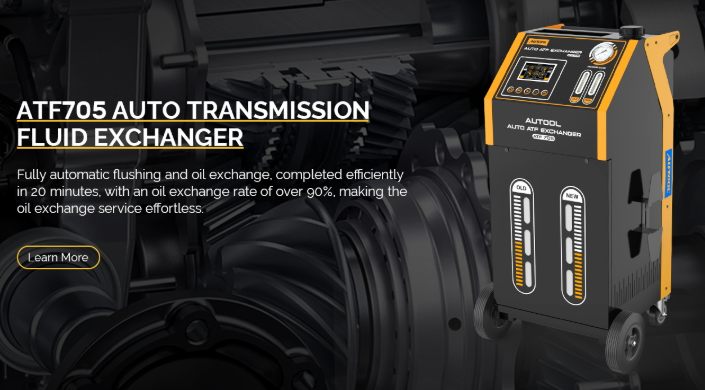
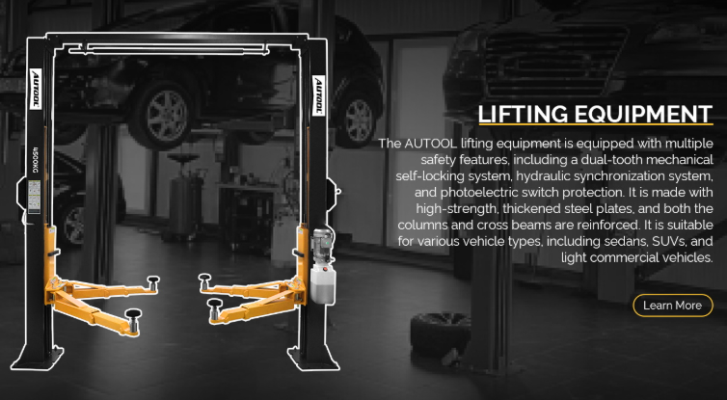
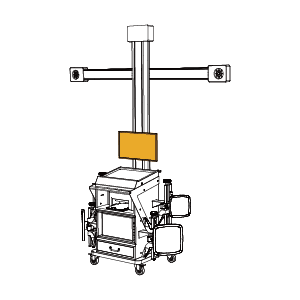
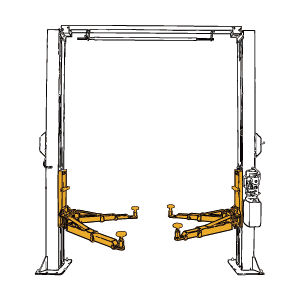
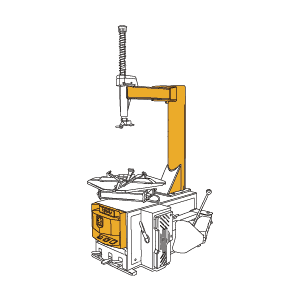
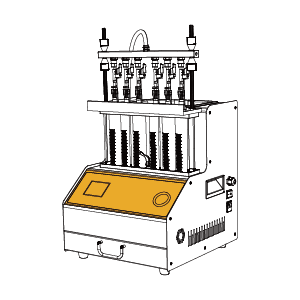
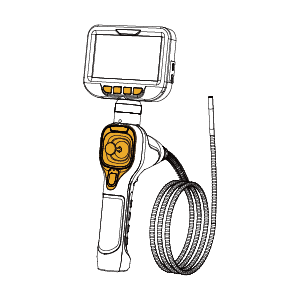
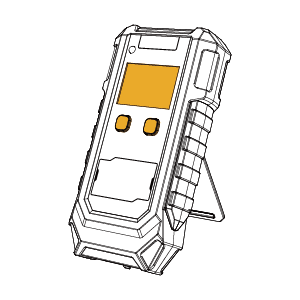
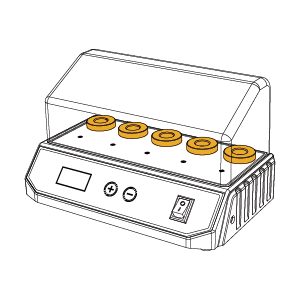
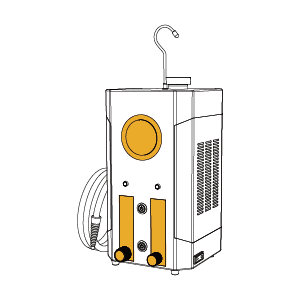
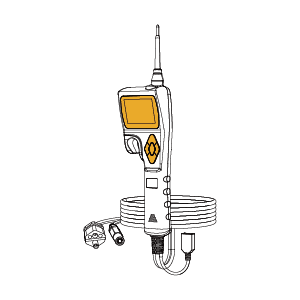
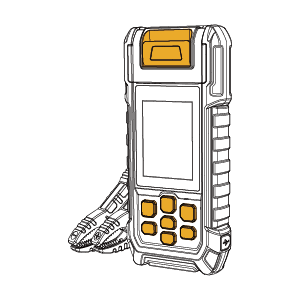
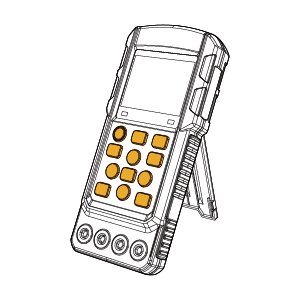
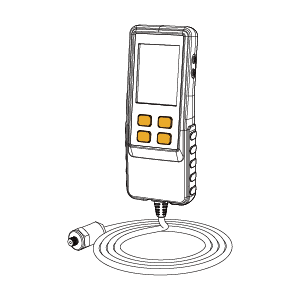
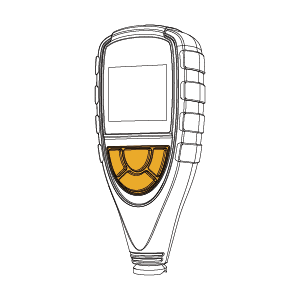
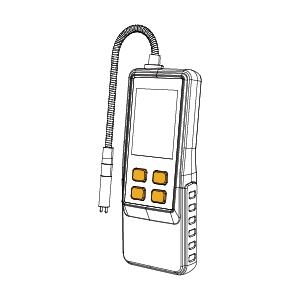
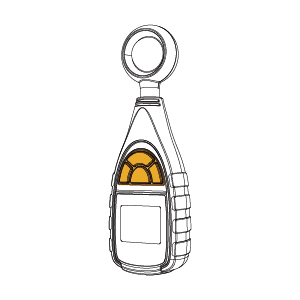
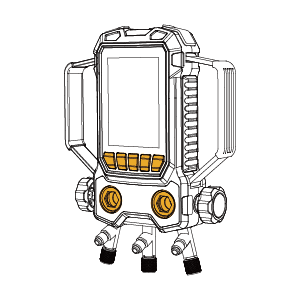
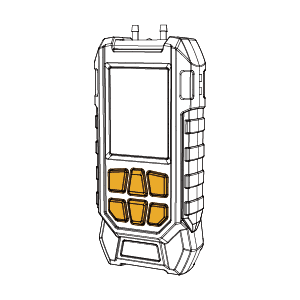
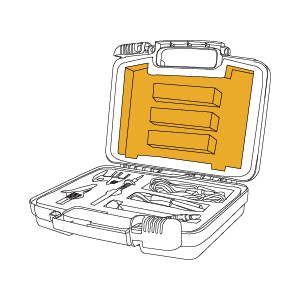
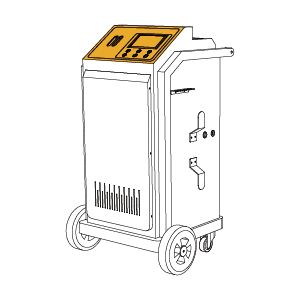
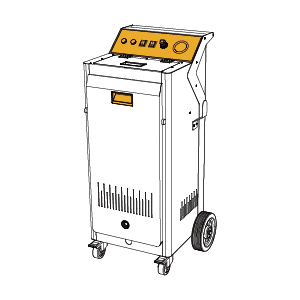
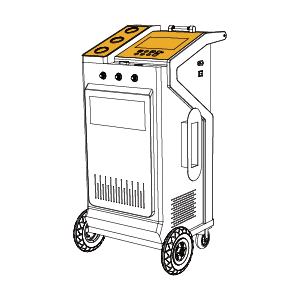
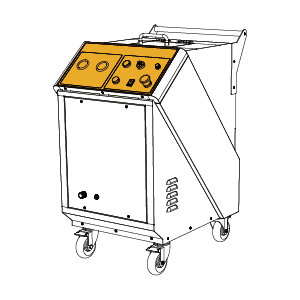
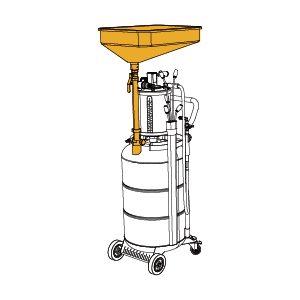
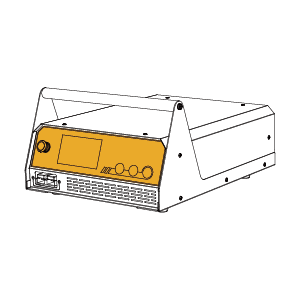
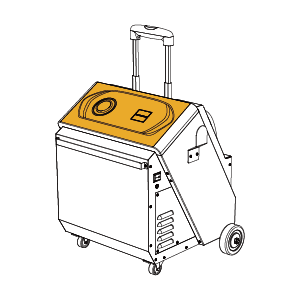
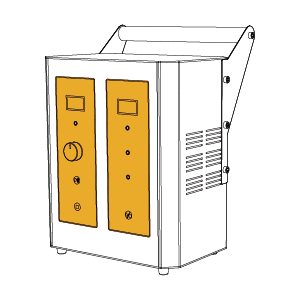
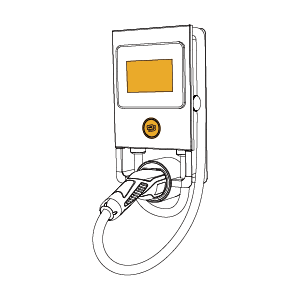
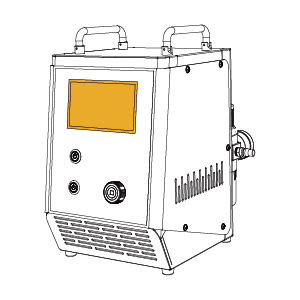
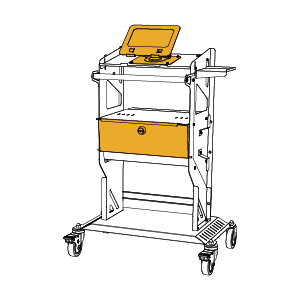
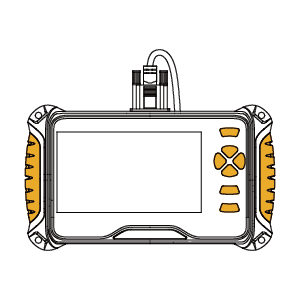
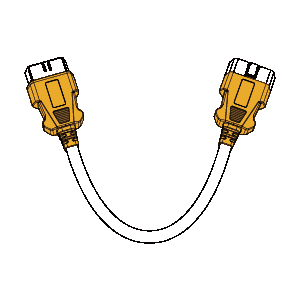
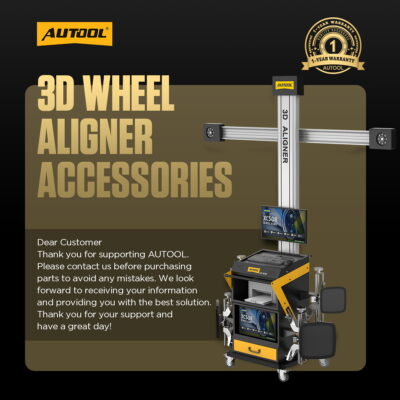
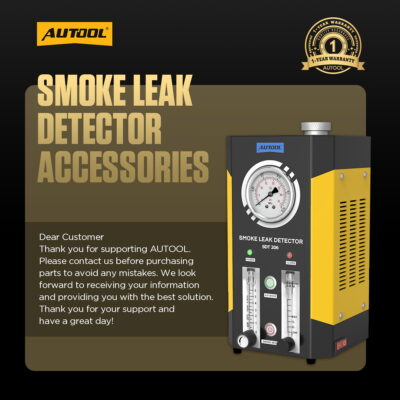
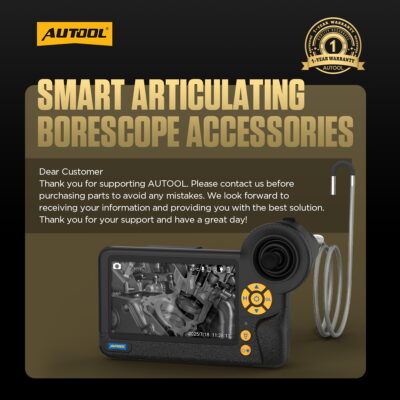
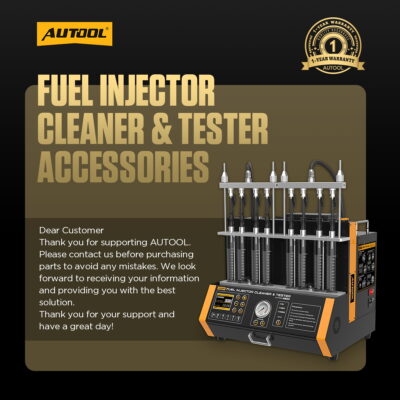
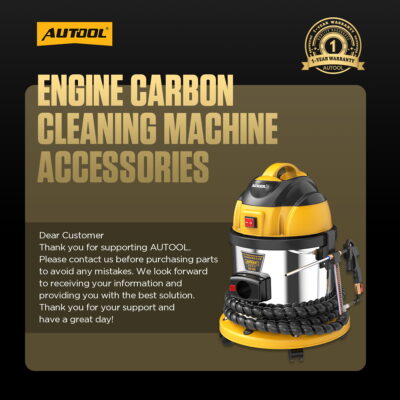

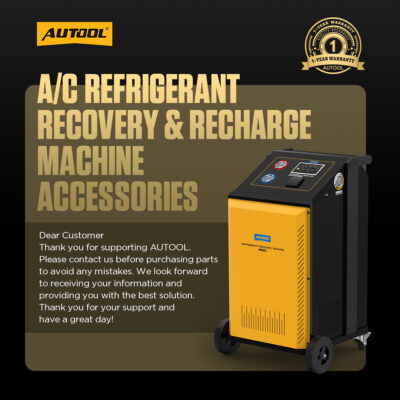
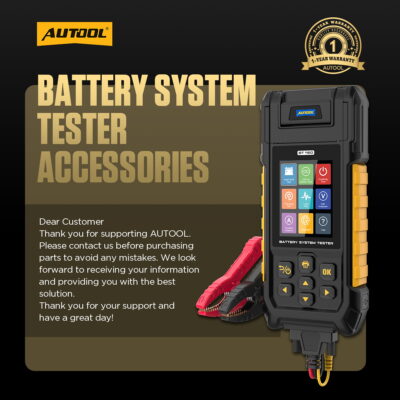
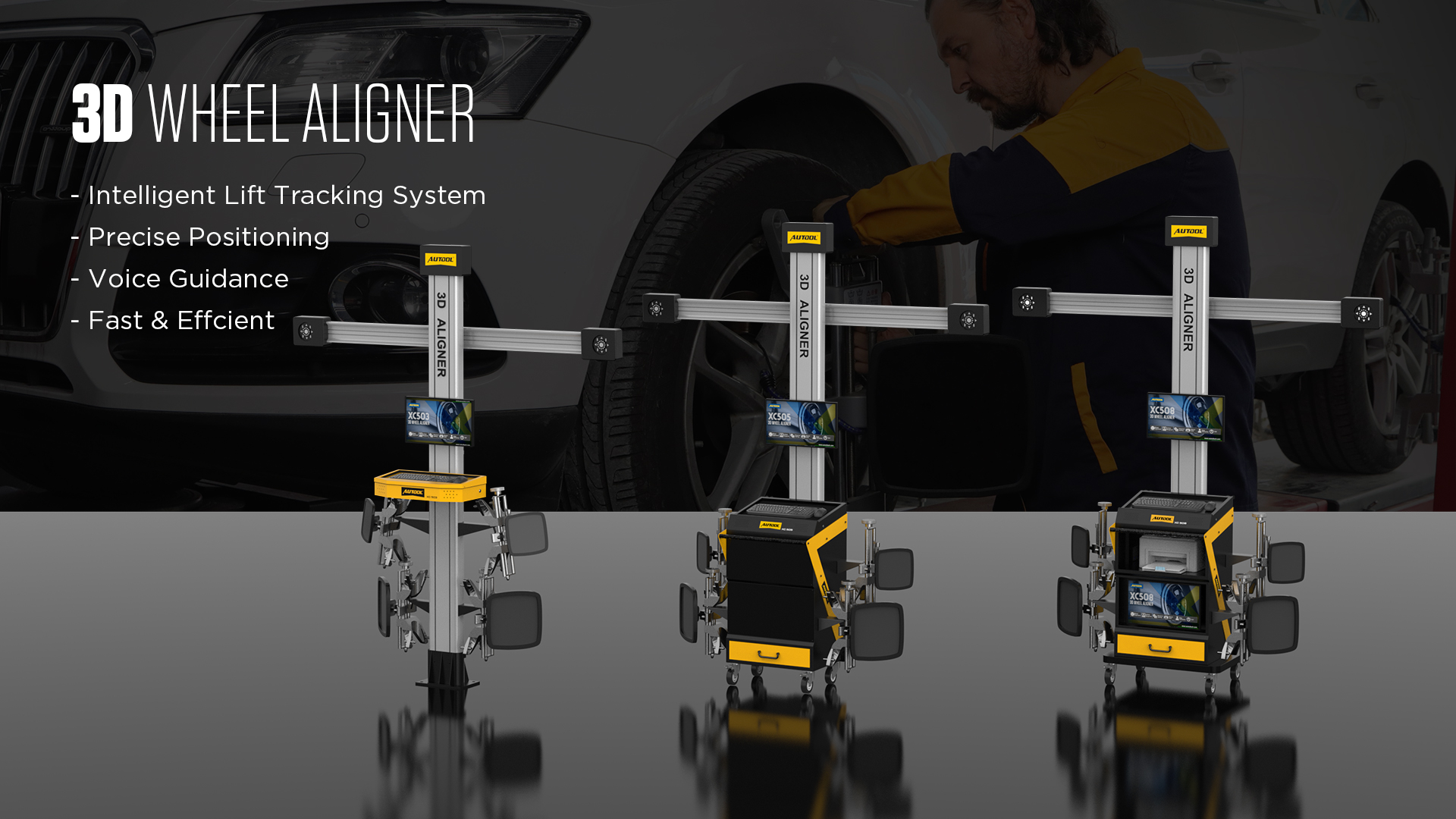
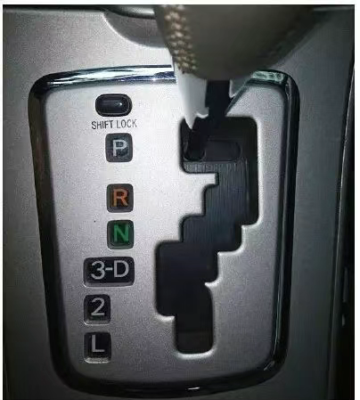
 AUTOOL Official Team
AUTOOL Official Team